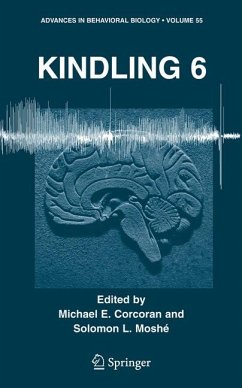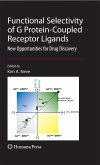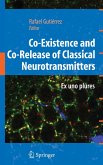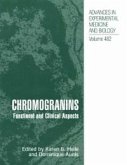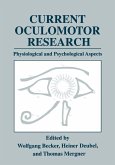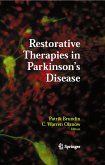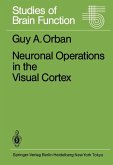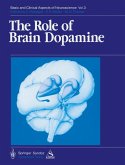Pathogenesis of kindling, including developmental patterns; electrophysiology; anatomy, morphology, and neural circuitry; genes, species, and strains; synaptic pharmacology and neurochemistry
Behavioral consequences of kindling
Drugs and interventions against kindling
Clinical relevance of kindling for our understanding of epilepsy in patients
About the Editors:
Michael Corcoran is a Professor in the Department of Anatomy and Cell Biology at the College of Medicine at University of Saskatchewan, Saskatchewan, Canada. Solomon L. Moshe is Professor and Vice Chairman of Neurology, Albert Einstein College of Medicine, Bronx, New York.
Dieser Download kann aus rechtlichen Gründen nur mit Rechnungsadresse in A, B, BG, CY, CZ, D, DK, EW, E, FIN, F, GR, HR, H, IRL, I, LT, L, LR, M, NL, PL, P, R, S, SLO, SK ausgeliefert werden.

